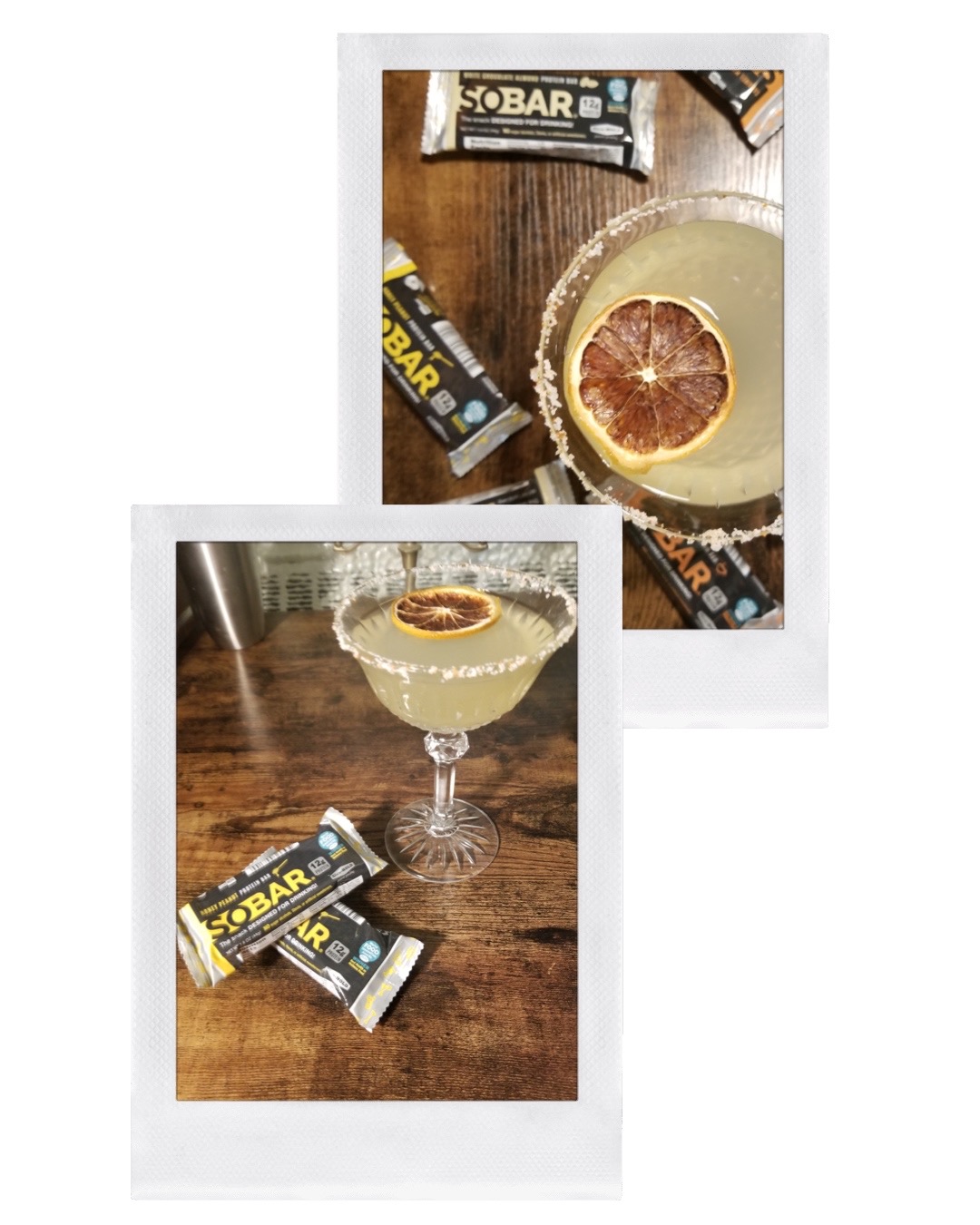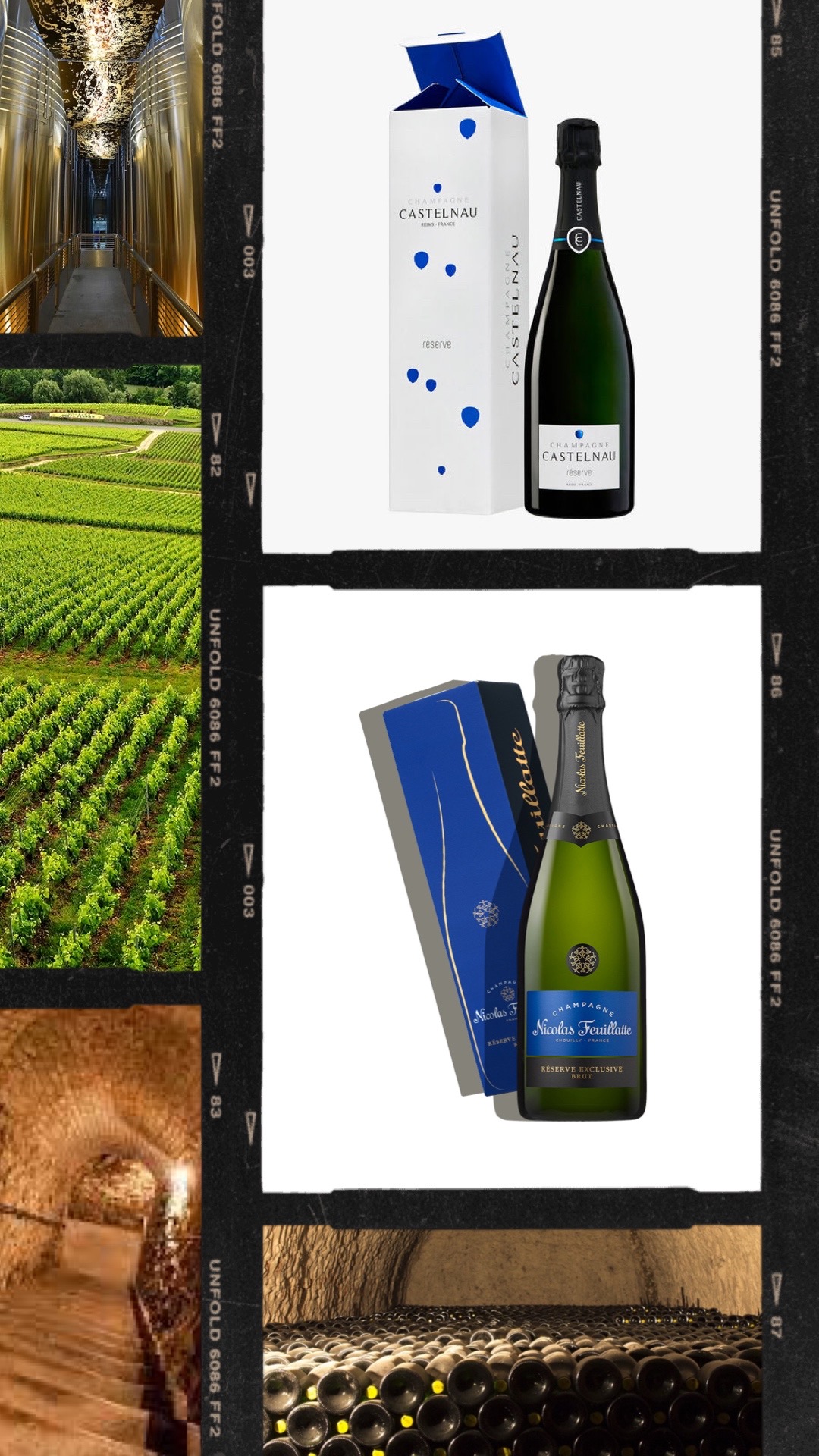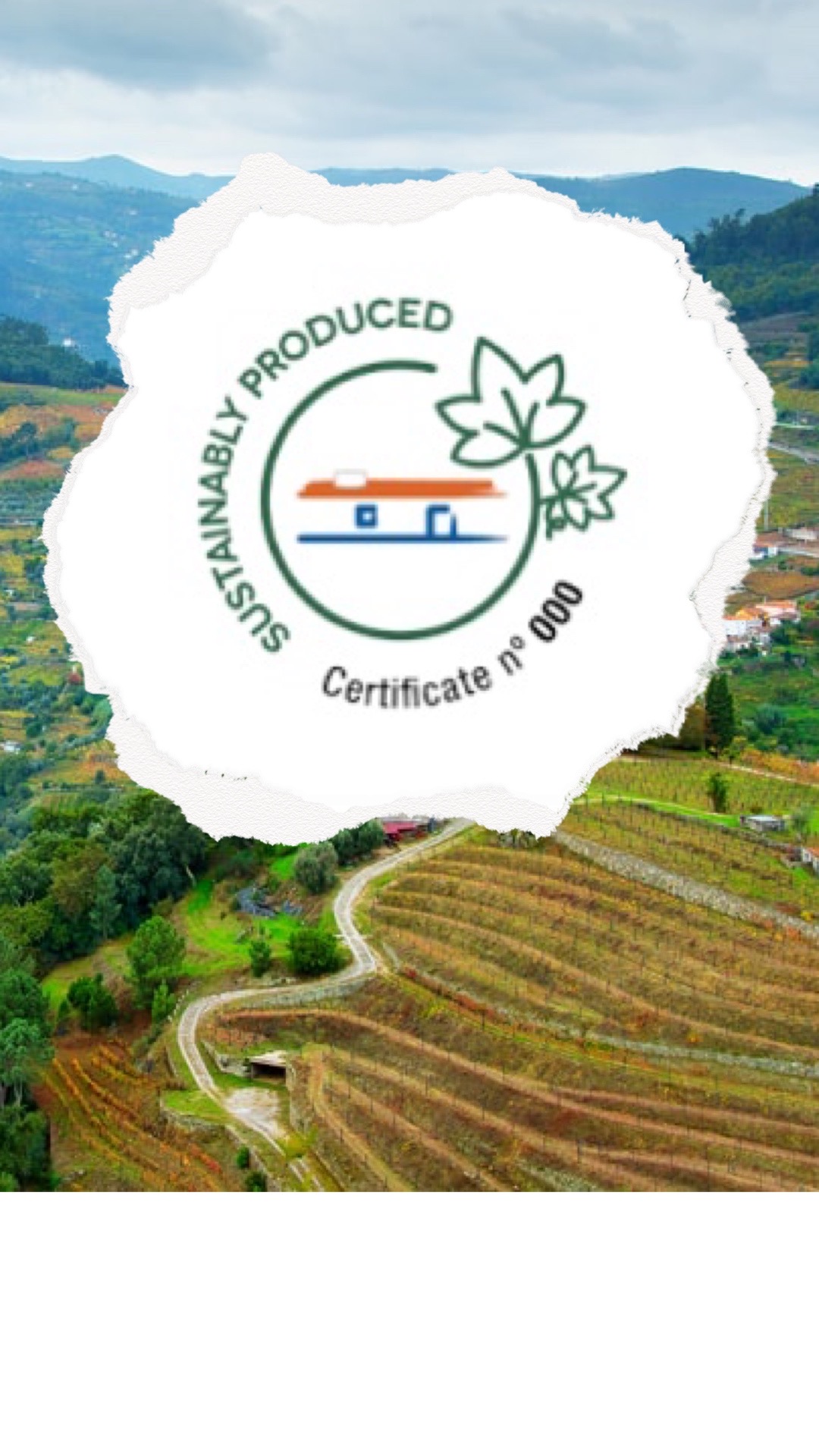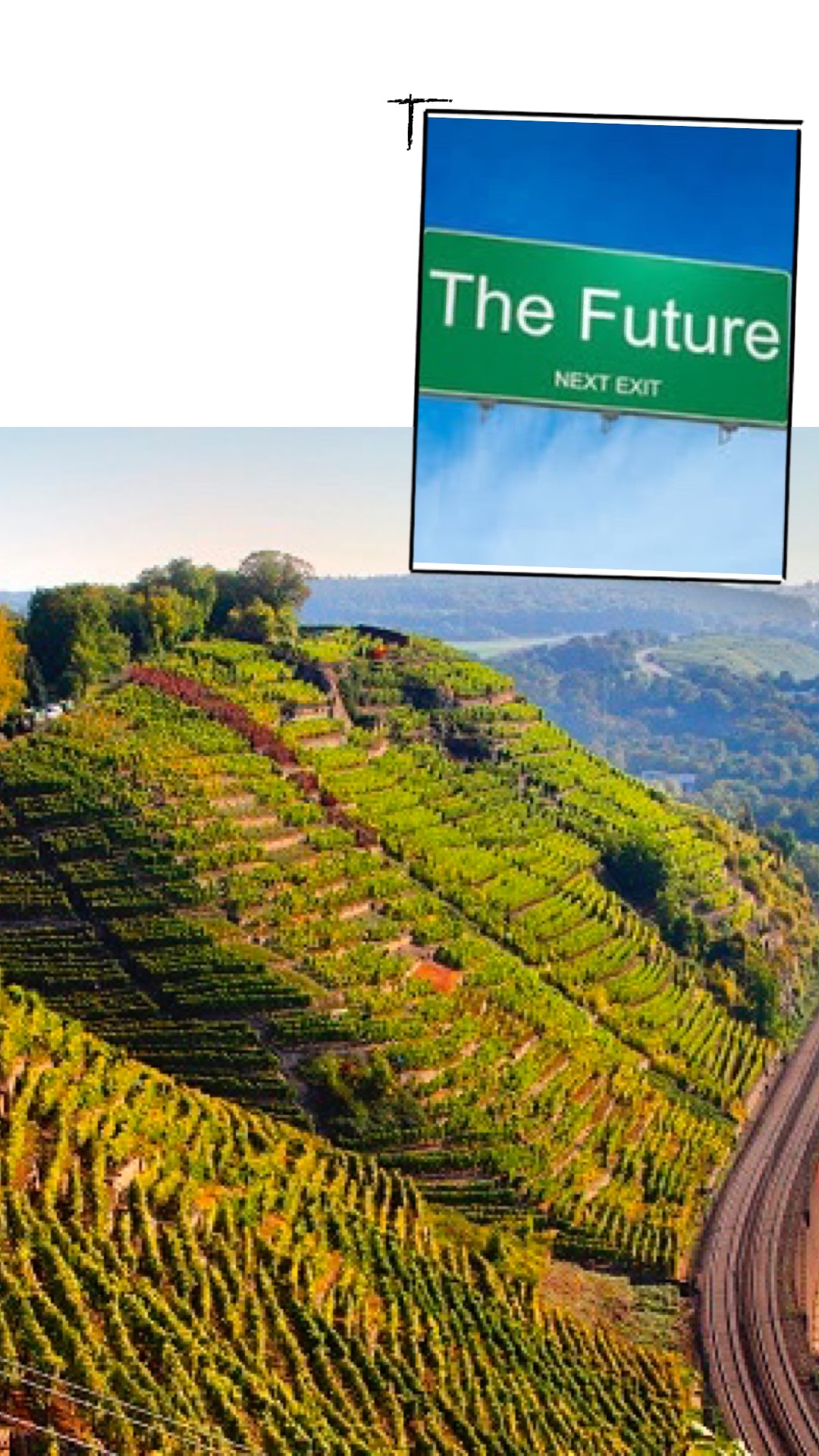Recently I attended a virtual Mixology Masterclass hosted by a SOBAR founder, Food Scientist Dr. Joseph Fisher and Mixologist and Bar Above founder, Chris Tunstall.
What I learned was that SOBAR is a unique protein bar and is the world’s first food specifically designed to reduce alcohol absorption.
How it works is that you eat one SOBAR before consuming (at least) two drinks. This will reduce peak alcohol levels and total absorption by 50%! WOW, I was surprised and excited to hear this and see if it works.
While enjoying a delicious Margarita-based on 1800 Silver Tequila, I had a chance to learn about the science behind the unique alco-hold formula, which is the advanced food technology that helps alcohol absorption and much more!
I ate one bar before enjoying 2 Margaritas and found out that I was feeling like I had just one. I can’t say that if I drink 4 cocktails it would help, but with two drinks it worked for me.
SOBAR protein bar won a gold award at the Specialty Food Association’s (SFA) sofi™ competition. Out of 1500 products competing, SOBAR was the first in the Wellness Bar & Gel category as a part of the SFA 2021 sofi™ Awards. The sofi™ Awards competition is open annually to members of the SFA since 1972.
I have huge respect for Dr. Fischer and his phenomenal invention.
Thank you so Chris Tunstall for making it possible to enjoy a great classic cocktail while listening to the science behind SOBAR.
Tell us in the comments, have you ever heard about SOBAR?
By @serjinio_daragan
#mixoligy #mixologist #cocktail #cocktails #cocktailbar #cocktailsofinstagram #cocktailhour #cocktailtime #craftcocktails #margarita #drinks #drinkup #homebartender #mixdrinks #margaritatime #tequila #tequilalover #masterclass #event #onlineevent #innovation #sobar #digitalmarketing #getsobars #proteinbar #proteinbars #proteinpacked #cocktaillover #wellnessjourney #healthysnacks #foodandwine #sobercurious





![The 2021 Fine Wine Market Report [Liv-ex]](https://www.liz-palmer.com/wp-content/uploads/2021/12/Image-1.jpg)